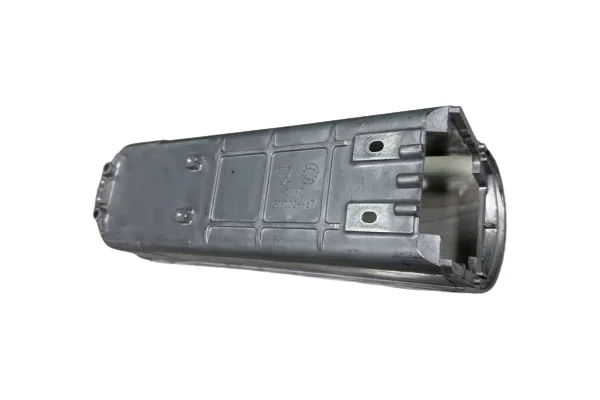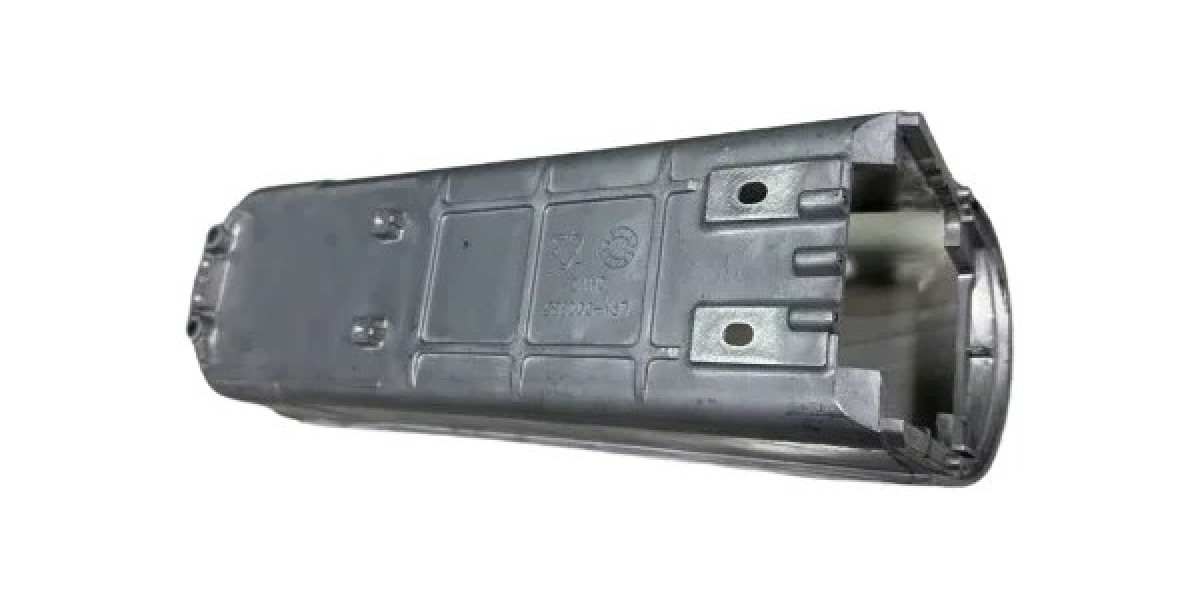In the realm of electronic devices, the power supply serves as the lifeblood, providing the necessary energy to ensure that components function correctly. However, this critical component is also susceptible to various threats, including physical damage, electrical surges, and environmental factors. To mitigate these risks, Aoke power supply protection housing plays an indispensable role.

1. The Importance of Protection
1.1 Shielding from Physical Damage
Electronic devices often operate in diverse environments, ranging from consumer homes to industrial settings. In such contexts, power supplies are exposed to potential physical hazards like impacts, vibrations, and liquids. Protection housings are designed to withstand these challenges, utilizing materials like metal or reinforced plastics to create a durable barrier. This not only prolongs the lifespan of the power supply but also ensures continued operation of the device, minimizing downtime and repair costs.
1.2 Electrical Surge Protection
Electrical surges can instantaneously damage sensitive electronics, including power supplies. Protection housings often incorporate surge protection mechanisms, such as varistors or gas discharge tubes, which absorb excess voltage. These components act as a safety net, diverting harmful currents away from critical circuitry, thereby safeguarding the power supply and the entire device from potential failure.
1.3 Environmental Isolation
Electronics must function reliably across a spectrum of environmental conditions, from extreme temperatures to humid or dusty environments. Protection housings provide thermal insulation to maintain optimal operating temperatures and sealing mechanisms to keep out contaminants. This isolation helps prevent premature aging and malfunction due to environmental exposure.
2. Design Considerations for Protection Housings
2.1 Material Selection
The choice of material for protection housings is crucial. Metals like aluminum and steel offer excellent mechanical strength and shielding from electromagnetic interference (EMI). However, they can be heavy and conduct heat, necessitating thermal management solutions. Plastics, particularly reinforced thermoplastics, provide lighter weight and better insulation but may require additional reinforcement for strength.
2.2 Ventilation and Cooling
Efficient thermal management is vital for maintaining power supply performance and reliability. Protection housings often feature strategically placed vents and heat sinks to facilitate air circulation and dissipate heat. Advanced designs may incorporate fans or liquid cooling systems for high-power applications.
2.3 Compliance with Standards
Manufacturers must adhere to stringent safety and regulatory standards when designing protection housings. This includes compliance with UL (Underwriters Laboratories), IEC (International Electrotechnical Commission), and other regional regulations. Ensuring these standards are met not only guarantees user safety but also facilitates international trade and acceptance.
3. Benefits of Effective Protection Housings
3.1 Enhanced Device Reliability
Well-designed protection housings shield power supplies from the multitude of threats they face, leading to increased reliability and longer operational life. This translates into fewer repairs and replacements, reducing overall maintenance costs.
3.2 Improved Safety
Safety is paramount in electronic device design. Protection housings contribute to this by preventing electrical hazards, such as shock and fire, and by isolating high-voltage components. They also provide a robust physical barrier that minimizes the risk of user injury.
3.3 Compliance with Market Demands
In an increasingly competitive market, consumers demand robust, reliable products. Protection housings are a key differentiator, enhancing the perceived quality and trustworthiness of electronic devices. They also facilitate compliance with eco-friendly initiatives by enabling efficient energy use and easy recycling.
Conclusion
The role of Aoke power supply protection housing in electronic devices cannot be overstated. It serves as a multifaceted defense mechanism, safeguarding against physical damage, electrical surges, and environmental stressors. By carefully considering material selection, ventilation, and compliance with standards, manufacturers can design housings that maximize device reliability, safety, and market appeal. As technology advances, the innovation in protection housing designs will continue to evolve, addressing emerging challenges and ensuring that electronic devices perform optimally in even the most demanding conditions.







